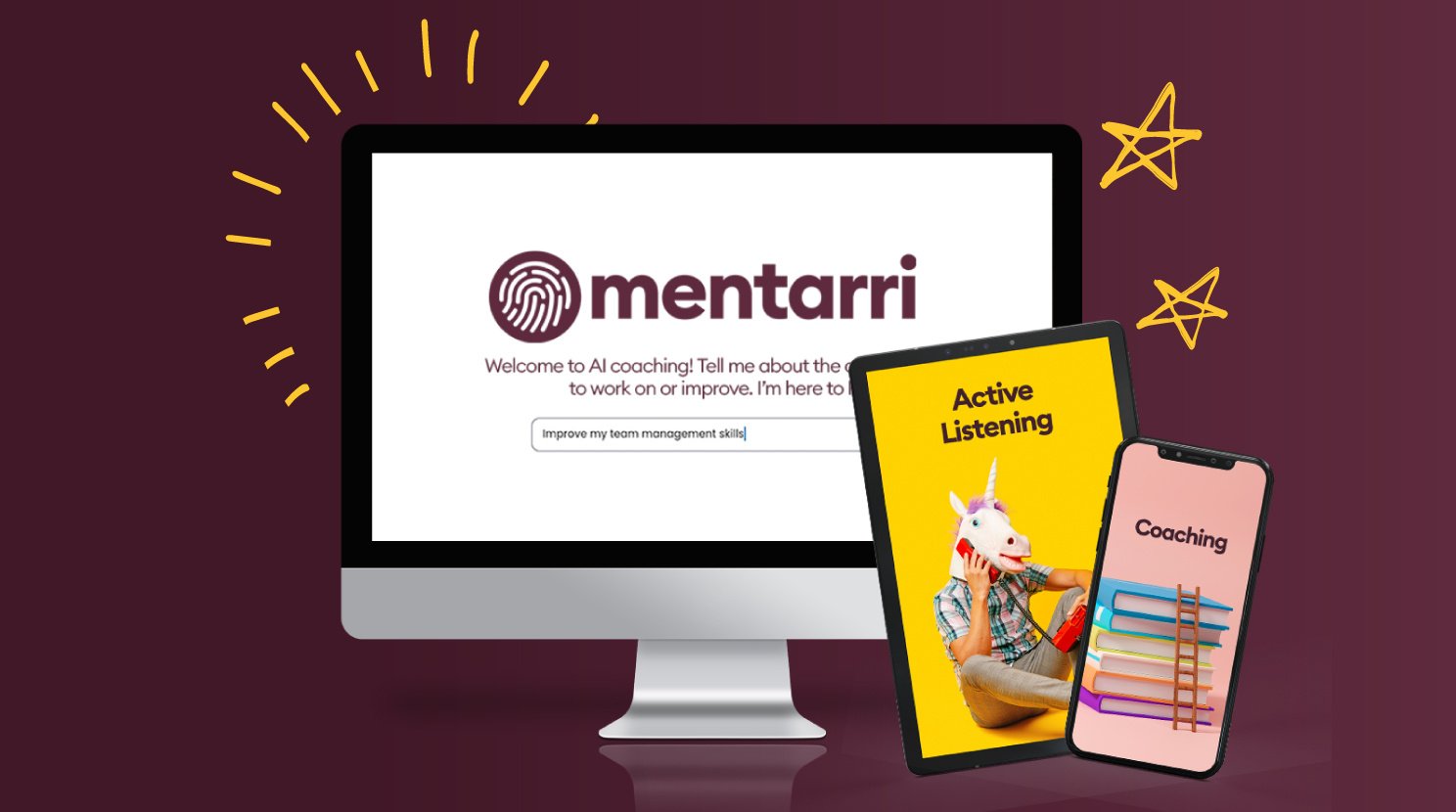In a brittle, anxious, non-linear and incomprehensible (BANI) world, organisations must embrace continuous change to adapt and thrive.
For business, BANI is about a world that is susceptible to catastrophe at any time. In this new era, companies that are built on fragile foundations can collapse overnight. Anxiety is ever-present and long-term planning is a challenge as situations transform radically and without reason.
Organisations can stabilise themselves by creating purpose, gaining alignment and setting clear goals. In addition, creating a positive work culture that promotes collaboration, open communication, and innovation can enhance performance. As AI drives the fourth industrial revolution, organisations can leverage technology and data-driven decision-making processes to streamline operations and identify areas for improvement, leading to increased performance and efficiency.
Investing in learning and development programmes improves employee competence and productivity. In addition, prioritising employee development also supports the creation of collaborative and innovative work culture, enabling organisations to take advantage of the benefits of the fourth industrial revolution by providing employees with the tools to leverage the latest innovations and helping create alignment and purpose.
Find out more about the benefits of investing in learning and development (L&D) programmes.
Skill enhancement and adaptability
Change is constant. According to Craig Fenton, leads Strategy & Operations at Google UK and Ireland, “We live in a world now, where there's no such thing as mastery the world moves on before you get to become an expert".
Over the last 50 years, society has experienced innovation cycles, driven by technology, which are getting closer together and more significant during each cycle. To continue to keep up with this change, organisations need to innovate.
By providing employees with targeted training, organisations equip them with the necessary skills to excel in their roles. Continuous learning fosters adaptability, enabling employees to embrace change, seize new opportunities, and navigate challenges with confidence. As employees upskill, organisations benefit from a more agile workforce, capable of meeting evolving customer demands and industry trends.
Employee engagement and retention
93% of organisations are concerned about employee retention. Just 9% of employees feel enthused by their work according to Gallup. HR leaders face the challenge of developing talent engagement and retention strategies that reflect business goals and employee concerns.
Following the pandemic, employee motivators have shifted from extrinsic motivators – such as salary and bonuses – to intrinsic ones, such as creativity and self-motivation. Employees want employers to invest in their development. LinkedIn’s 2023 Workplace Learning Report found that “Providing learning opportunities” is the main strategy organisations are using to improve employee engagement and retention.
L&D programmes also create a sense of loyalty, as employees recognise the investment the organisation is making in their long-term success. Employees who feel supported in their growth are more likely to be motivated and satisfied, leading to increased productivity and reduced turnover rates.
Improved performance and productivity
Wouldn’t our organisations be stronger and our people more fulfilled and successful if we identified their strongest skills and invested in them?
Adam Kingel suggests developing these strengths will have a larger impact on individual and organisational success. By honing their skills, employees become more proficient and efficient in their work. They gain a deeper understanding of their roles, which translates into increased productivity.
This shift to strength-based assessment will only accelerate as Generation Y (millennials) become the majority of the global working population.
Ineffective managers can weaken an entire organisation. L&D initiatives can also focus on leadership and management skills, enabling leaders and managers to effectively guide their teams, delegate tasks, and provide constructive feedback. As a result, overall organisational performance improves, leading to better customer satisfaction and higher profitability.
Enhanced innovation, creativity and competitive advantage
In a challenging operating environment, developing an organisation that is more attractive to its customers is vital for success. Jack Welch, former chairman and CEO of General Electric, suggests “an organisation’s ability to learn, and translate that learning into action rapidly is the ultimate competitive advantage.”
84% of executive leaders identify innovation as a crucial factor in their growth strategies. However, 80% say they are worried their forward-thinking competitors will kill their business. A culture of continuous learning, nurtured by L&D programmes, fosters innovation and creativity within an organisation. As employees gain new knowledge and perspectives, they are more likely to think critically and generate fresh ideas.
Margaret Heffernan emphasises continuous learning is vital for fostering creativity and innovation. Encouraging a growth mindset, that embraces creativity, experimentation and risk-taking, can lead to breakthrough innovations. By investing in L&D initiatives, organisations tap into the vast intellectual capital within their workforce, unlocking the potential for transformative ideas and solutions.
Succession planning and leadership development
Finding leaders who can drive success and innovation is an ongoing challenge. External hires may offer specific skills and experience, but developing leadership from within the organisation has proven to be a highly effective strategy.
By identifying high-potential employees and providing them with targeted training, organisations can develop a talent pipeline of future leaders, ensuring continuity and stability in the face of leadership transitions.
Learning programmes provide targeted development opportunities to nurture and enhance the skills, knowledge, and capabilities of high-potential employees, preparing them to take on leadership roles. In addition, one of HR’s key stakeholders, those in the C-suite, wants to provide opportunities for internal mobility.
Core human skills, often referred to as soft skills, are increasingly recognised as critical components for organisational success. These skills encompass a range of attributes such as communication, collaboration, critical thinking, problem-solving, emotional intelligence, and resilience. By developing these competencies organisations can unlock their full potential and drive growth.
Creating and implementing L&D programmes that improve performance
L&D programmes help to create a culture of continuous learning and improvement, which can help employees develop a growth mindset, be more open to change and drive innovation.
Here are some tips for creating and implementing effective L&D programmes:
- Start with a clear goal. What do you want to achieve with your L&D programme? Once you know the outcome you wish to achieve, you can develop a programme that will help deliver this.
- Make sure your programme is aligned with your business goals. Alignment will help to ensure that your programme is effective and that it is helping your organisation to achieve its goals.
- Tailor your programme to your employees' needs. Not all employees need the same skills and knowledge. Make sure that your programme is tailored to the specific needs of your employees.
- Use a variety of learning methods. There are many different ways to learn. Make sure that your programme uses a variety of learning methods so that all of your employees can learn effectively.
- Measure the results of your programme so that you can see if it is effective. Use the data to make necessary changes to your programme so that it can be even more effective.
If you are looking for ways to improve your organisation's performance, consider investing in L&D programmes. Our well-designed and implemented courses can help your organisation to become more agile, innovative, and successful.

















